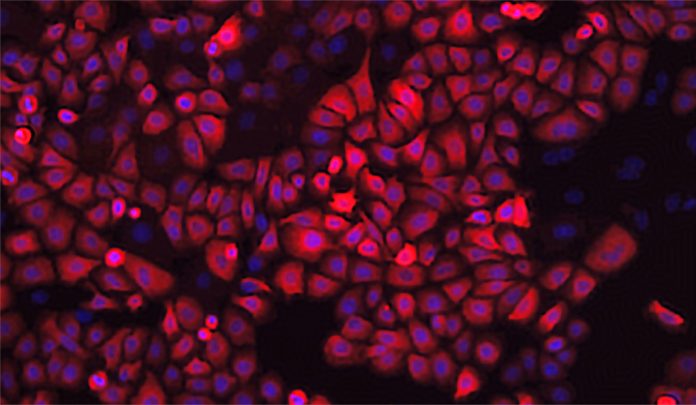Before scientists develop the bioengineered tissue of tomorrow for treating pulmonary diseases, they need to identify the best methods for growing tissue for artificial trachea and lungs in experiments today.
A new Yale analysis does just that, determining which methods produce tissue cells that are most like the natural cells they would replace.
Currently, scientists worldwide are using a variety of methods — or platforms — for growing tissue that will be used in a wide range of pulmonology research, for diseases such as asthma, the flu, cystic fibrosis, idiopathic pulmonary fibrosis, and chronic obstructive pulmonary disease.
Yale researchers used single-cell RNA sequencing technology to look at the four most commonly used platforms for growing bioengineered tissue in experiments — the first time such technology has been brought to bear on engineered tissue. Tissue engineering involves the use of cells, scaffolds, and biologically active molecules to create functioning tissue.
“Rather than focusing on a specific disease, we tried to better understand the tools that the whole pulmonary field is using to study diseases,” said Allison Greaney, a graduate student in biomedical engineering and first author of the study.
The study appears March 24 in the journal Cell Reports.
The research team looked at two engineered tissue platforms — one for an engineered trachea and another for an engineered lung. The team also looked at two other non-engineered platforms — one in which cells are suspended in a hydrogel, like they were stuck in a gelatin mold, and one in which cells sit on a plastic filter and are exposed to air on top, like grass in a lawn.
The latter two methods are currently used more often. Greaney said those platforms are easier for researchers to use and can be scaled up to produce more tissue.
But the Yale team found that the engineered methods produced better tissue.




